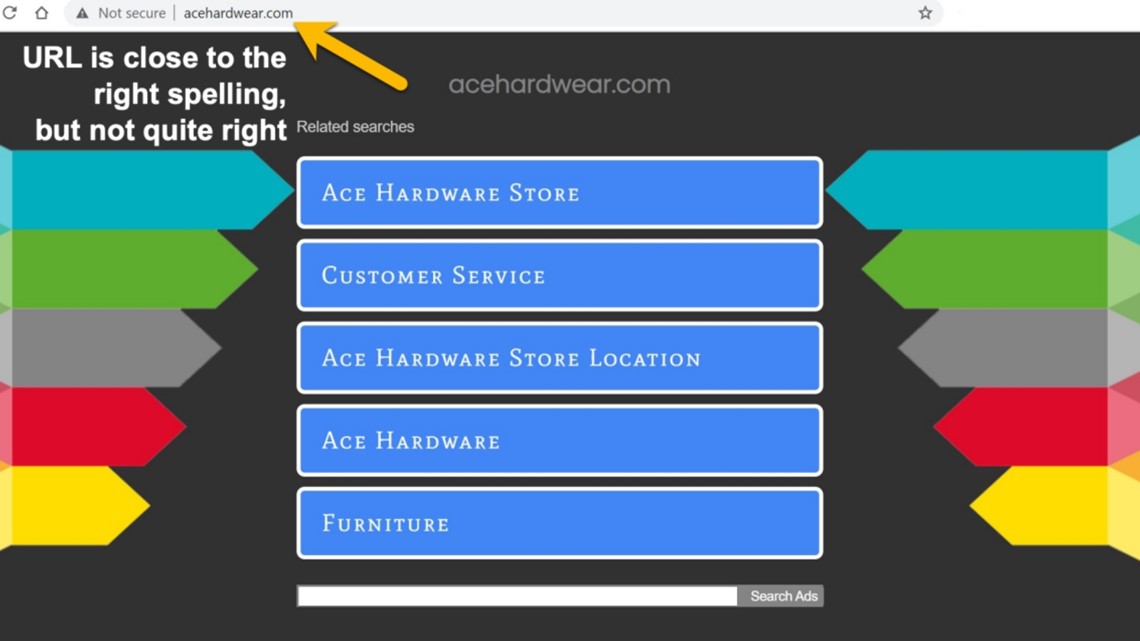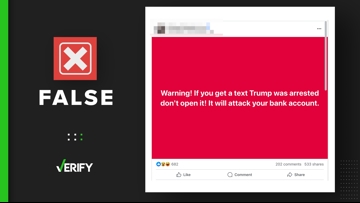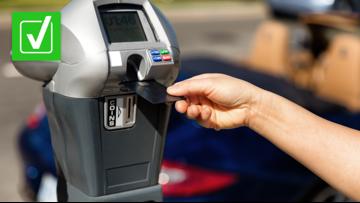Online scams maintained their top spot as the riskiest scams for consumers in 2021, making up about 37% of all scams reported to the Better Business Bureau (BBB) Scam Tracker.
Nearly 75% of people who reported online scams also said they lost money.
VERIFY viewers often ask us about whether a product advertised online is a scam – like this Facebook ad that falsely claimed actress and “Jeopardy!” co-host Mayim Bialik endorsed CBD gummies.
We compiled five key tips to help you avoid online shopping scams.
THE SOURCES
1. Research unfamiliar brands or websites:
If you’re buying from an unfamiliar company or brand, do your research first. The FTC and AARP recommend searching for the company’s name in a search engine like Google using words like “review,” “scam,” or “complaint” to see what other people are saying. If the company is scamming people, you’ll likely see negative reviews from other shoppers.
You should also look out for reviews that are “generic, sound robotic or unnatural, or are too brief,” the BBB warns, as these could be fake.
2. Look for misspellings in the URL:
Be sure to look at the URL of a new website. It might be very close to the domain name for a legitimate business, but with misspellings or misplaced letters.
Here’s an example from the BBB that uses URL acehardwear.com instead of the legitimate acehardware.com:


Some scammers also may try to trick you by using a subdomain. For example, a scammer might create a website that looks like this: netflix.com.movies.com. They’re hoping you won’t notice the real domain name is actually movies.com, BBB says.
You can use a website checker like Google’s Safe Browsing tool to help you determine if a website is safe. Lookup services like this one can also show you when a domain was created. A new website or copyright date for a website often indicates a scam.
3. Search for an address or phone number:
Make sure that the company’s address and phone number are genuine. If there is no indication of a brick-and-mortar address, or the address shows a parking lot or another business on Google Maps, you’re likely dealing with a scammer.
4. Pay with a credit card instead of debit:
Central Trust Bank recommends that you pay with a credit card instead of a debit card while online shopping. Credit cards aren’t tied directly to your bank accounts like debit cards are and can also offer greater fraud protection.
Federal law limits responsibility for fraudulent credit card charges to $50 if the victim reports the fraud in a timely manner, and some companies offer full protection. Debit cards don’t offer those same protections.
5. Look for delivery, exchange, refund and return policies:
Make sure the online business has delivery, exchange, refund and privacy policies. If these are “vague or nonexistent, take your business elsewhere,” AARP says.
If you aren’t convinced that a shop’s policies are legitimate, copy and paste them into your web browser to see if they’ve been taken from another website.
Legitimate online shopping websites should also have detailed complaint or dispute handling processes in case something goes wrong with your order.
How to report suspected online shopping fraud:
- BBB: File a complaint online or report a scam to the BBB Scam Tracker.
- FTC: File a complaint online or call 877-FTC-Help.
- Facebook: Report advertisements that violate Facebook policies. Read more about how to report an ad here.
- Instagram: Report policy violations online.
- FBI: Submit an internet crime complaint online.













